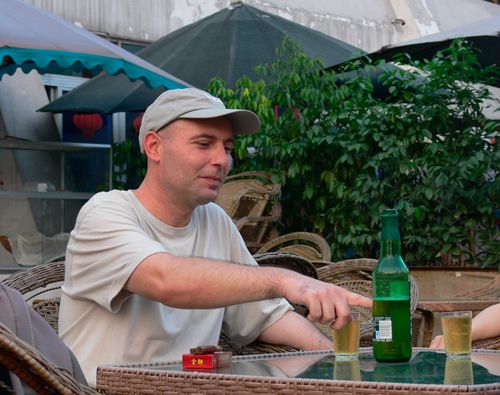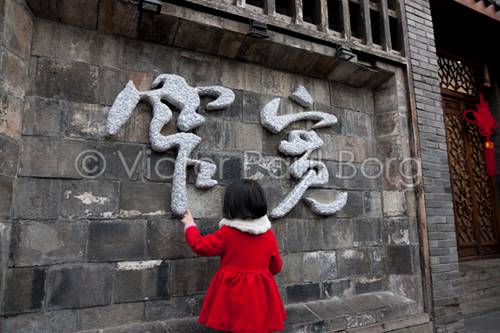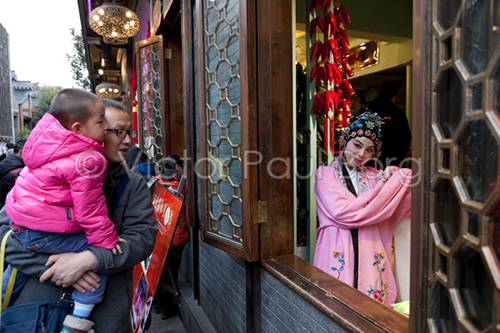China Daily website is inviting you to share Chengdu Story with us! and here are some points that we hope will help contributors:

Nine years ago, upon arrival in Chengdu, I knew nothing about the city and its ethos. I did not do any prior reading; I merely had a girlfriend whom I had known for a few months, and my plan was to spend the summer in Chengdu. But it’s the mountains of Sichuan that I was fixated upon: I had read two literary books in which the story had played out in the mountains, and they had given me an idea of mystical mountains inhabited by strange animals and peasants burdened by history and geography. And shortly after my arrival I had gone on a six-week travel spree in the mountains, an experience that gave me my first epiphany of Chengdu: I could see that the mountains had influenced the ancient city in anything ranging from the climate to food to folk wisdom, and that the Sichuanese character is dense and luxuriant like the mountains.
In Chengdu I was also endeared to the food and way of life. The cuisine is one of the richest in the world in its range of ingredients and textures of flavour, and the people – boisterous, irreverent, outgoing and gregarious to the verge of pushiness – complete the feisty mix. The economic boom has also been impressive; I have seen the skyline transformed in the nine years I have lived in Chengdu on and off.

But it’s the cultural renaissance that’s more profound. I am talking about the rising sophistication – in arts and culture, in community awareness of the collective voices or memories of the people – and I am talking refinements in the city’s entertainment offerings (restaurants, nightlife, modern teahouses). Chengdu is in fact regaining the cultural finesse and distinct cultural identity that it enjoyed in its ancient history, when it was a proto-independent Shu state. The Shu heartland was in the Chengdu plain, and a visit to the museums dedicated to the Shu is essential for anyone who wants to understand Chengdu’s present renaissance. I am talking chiefly about the Jinsha Site Museum (which holds vast Shu remains, including the Sunbird, which is now the official emblem of Chengdu), Sichuan Museum (where the Bronze Hall holds impressive Shu relics), and Sanxingdui (whose highlights are the various enigmatic masks).
Chengdu’s distinctiveness can also be subtly seen in the arts, which is another growth area – art in Chengdu has been maturing of late. Paintings by Chengdu artists tend to be dense, even claustrophobic, and the mood of the paintings tends to be slightly melancholic. My thinking is that that is due to various strands of influences – the lush and dense mountainous geography, the predominantly overcast climate that subdues landscape colours, the convoluted history of Sichuan, and perhaps also the emotional legacy of poverty a generation ago as well as tragic events (such as the 2008 earthquake) – a mix of strands that is expressed in the arts. And as the prominence and visibility of the arts grows, it will aid in the forging of the collective self-awareness and cultural identity of Chengdu.

The opinions expressed do not represent the views of the China Daily website.
[Please click here to read more My Chengdu Story. You are welcome to share your Chengdu stories with China Daily website readers. Please send your story to chengdu2016@chinadaily.com.cn]
